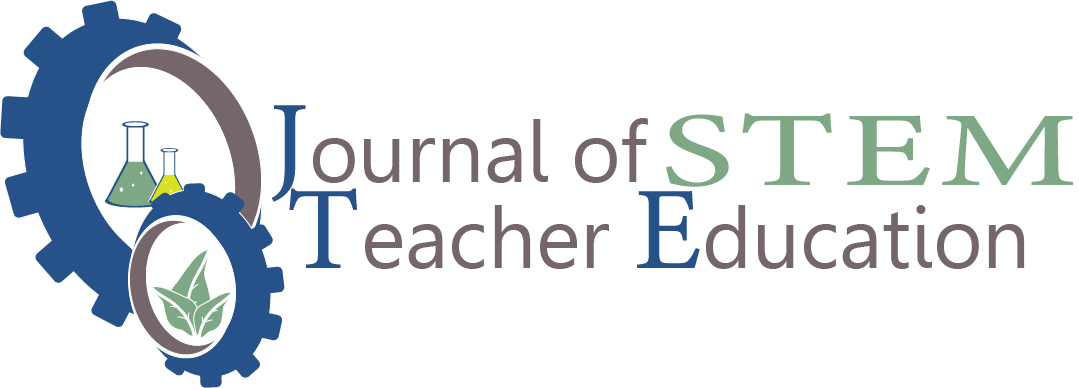
Abstract
Curriculum, legislation, and standards across the nation are quickly evolving to incorporate computer science and computational thinking concepts into K-12 classrooms. For example, many states have passed legislation requiring computer science to be included in every school’s curriculum. Most states, however, report high shortages of qualified computer science teachers, meaning, teachers without extensive training will be required to integrate these concepts into their classrooms—a daunting task for most teachers without the necessary background and experiences. This paper reports the impacts of a thirteen-week intervention in a local elementary school designed to introduce computational thinking skills to 4th and 5th grade students. This intervention involved the first two authors working with a teacher and her students to introduce a project-based activity into the traditional curriculum. As students worked to design, build, and automate a model clubhouse, they incorporated foundational construction concepts as well as computational thinking skills. Our findings shed light on the potential for such a project to influence student and teacher’s perceptions of related fields, and abilities, and student’s perceptions of related professions.
Recommended Citation
Bartholomew, Scott R.; Santana, Vanessa; and Yauney, Jessica
(2022)
"Exploring Elementary Student and Teacher Perceptions of STEM and CS Abilities,"
Journal of STEM Teacher Education: Vol. 57:
Iss.
1, Article 2.
DOI: https://doi.org/10.30707/JSTE57.1.1664998343.861339
Available at:
https://ir.library.illinoisstate.edu/jste/vol57/iss1/2
Included in
Curriculum and Instruction Commons, Elementary Education Commons, Elementary Education and Teaching Commons, Junior High, Intermediate, Middle School Education and Teaching Commons, Secondary Education Commons


